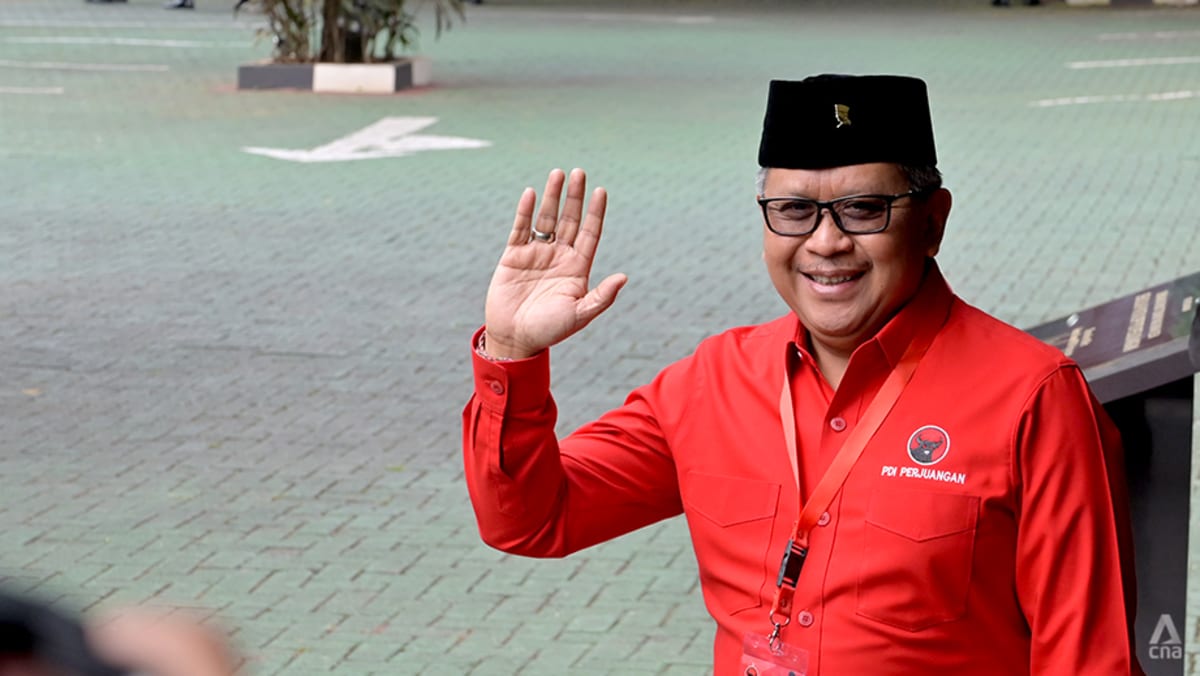KUALA LUMPUR: On the eve of Malaysia’s 67th Independence Day, Malaysian Chinese YouTuber Wabikong released a game-show video entitled Guess the Real Chinese (Malay Version) to wide acclaim.
In the video, a blindfolded guest guessed which one of the five Mandarin-speaking participants was a Malaysian Chinese. The four Malay participants spoke Mandarin fluently and demonstrated a depth of cultural knowledge of slang and eateries that matched that of a native speaker. As a result, the guest repeatedly failed, eliminating the sole Malaysian Chinese participant early.
This video and its predecessor – in which the player tried to pick the sole Malaysian Chinese among mostly Mandarin-speaking Indian participants – garnered over half a million views as of November 2024.
There appear to be more non-Chinese Malaysians embracing the Chinese language.
While no official data exists on non-Chinese Mandarin speakers in Malaysia due to a lack of collection, anecdotal evidence suggests a rise, especially among Malays. Businesses of Chinese language centres, like Fasih Mandarin in Malay-majority Kuantan, Pahang, have boomed. Politicians like former health minister Khairy Jamaluddin and Parti Islam Se-Malaysia (PAS) Members of Parliament have embraced the language, influencing and reflecting a broader trend.
A reliable but incomplete proxy is the non-Chinese student enrolment in Chinese vernacular primary schools (Sekolah Jenis Kebangsaan Cina, or SJKC).
The non-Chinese enrolment in SJKCs soared from 17,309 in 1989 to 101,011 in 2020: A 484 per cent increase in three decades. This means non-Chinese students now account for a fifth of all SJKC students.
The data indicates that Malays account for about 15.3 per cent of the total student population in SJKCs. This is significant for Malaysia’s Malay-Chinese ethnic relations, as it partly represents early-stage contact between sizeable groups in an increasingly mixed setting that was traditionally more homogenous.
For instance, in 2010, Malays made up 94 per cent of national school students (where Malay is the primary medium of instruction) and Chinese, 88 per cent of SJKC enrolment. This is important as early intergroup contact and friendships have been shown to reduce prejudice and foster positive intergroup attitudes.













